Refine search
Actions for selected content:
23990 results in Ancient history
Notes
-
- Book:
- Slave Revolts in Antiquity
- Published by:
- Acumen Publishing
- Published online:
- 05 February 2013
- Print publication:
- 31 March 2008, pp 117-160
-
- Chapter
- Export citation
3 - Maintaining resistance
-
- Book:
- Slave Revolts in Antiquity
- Published by:
- Acumen Publishing
- Published online:
- 05 February 2013
- Print publication:
- 31 March 2008, pp 29-50
-
- Chapter
- Export citation
4 - The role of the leader
-
- Book:
- Slave Revolts in Antiquity
- Published by:
- Acumen Publishing
- Published online:
- 05 February 2013
- Print publication:
- 31 March 2008, pp 51-74
-
- Chapter
- Export citation
Contents
-
- Book:
- Slave Revolts in Antiquity
- Published by:
- Acumen Publishing
- Published online:
- 05 February 2013
- Print publication:
- 31 March 2008, pp v-vi
-
- Chapter
- Export citation
Chronology
-
- Book:
- Slave Revolts in Antiquity
- Published by:
- Acumen Publishing
- Published online:
- 05 February 2013
- Print publication:
- 31 March 2008, pp ix-xii
-
- Chapter
- Export citation
Acknowledgements
-
- Book:
- Slave Revolts in Antiquity
- Published by:
- Acumen Publishing
- Published online:
- 05 February 2013
- Print publication:
- 31 March 2008, pp vii-viii
-
- Chapter
- Export citation
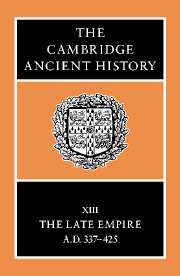
The Cambridge Ancient History
-
- Published online:
- 28 March 2008
- Print publication:
- 11 December 1997
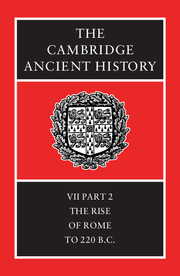
The Cambridge Ancient History
-
- Published online:
- 28 March 2008
- Print publication:
- 29 March 1990
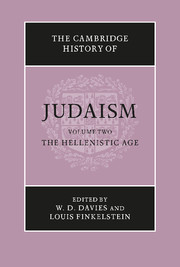
The Cambridge History of Judaism
-
- Published online:
- 28 March 2008
- Print publication:
- 22 March 1990
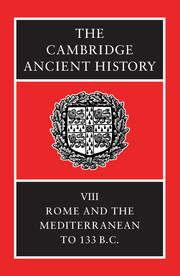
The Cambridge Ancient History
-
- Published online:
- 28 March 2008
- Print publication:
- 07 December 1989
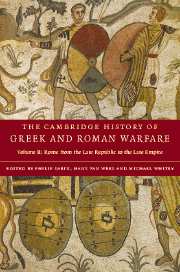
The Cambridge History of Greek and Roman Warfare
-
- Published online:
- 28 March 2008
- Print publication:
- 06 December 2007
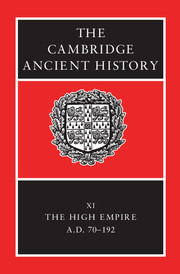
The Cambridge Ancient History
-
- Published online:
- 28 March 2008
- Print publication:
- 12 October 2000
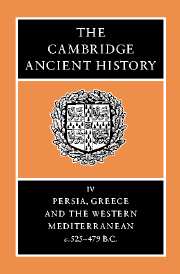
The Cambridge Ancient History
-
- Published online:
- 28 March 2008
- Print publication:
- 24 November 1988

The Cambridge Ancient History
-
- Published online:
- 28 March 2008
- Print publication:
- 13 October 1994
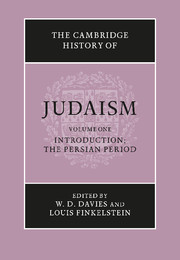
The Cambridge History of Judaism
-
- Published online:
- 28 March 2008
- Print publication:
- 16 February 1984
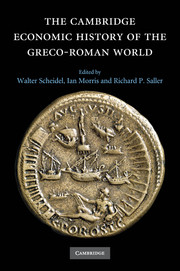
The Cambridge Economic History of the Greco-Roman World
-
- Published online:
- 28 March 2008
- Print publication:
- 29 November 2007
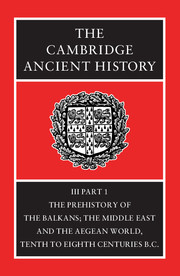
The Cambridge Ancient History
-
- Published online:
- 28 March 2008
- Print publication:
- 05 August 1982
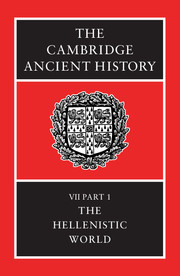
The Cambridge Ancient History
-
- Published online:
- 28 March 2008
- Print publication:
- 06 September 1984
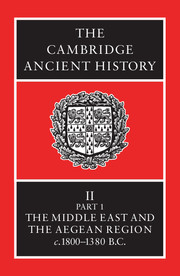
The Cambridge Ancient History
-
- Published online:
- 28 March 2008
- Print publication:
- 03 May 1973
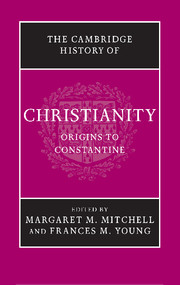
The Cambridge History of Christianity
-
- Published online:
- 28 March 2008
- Print publication:
- 19 January 2006
